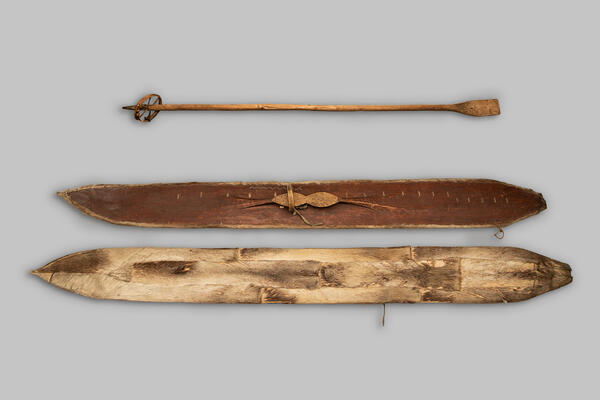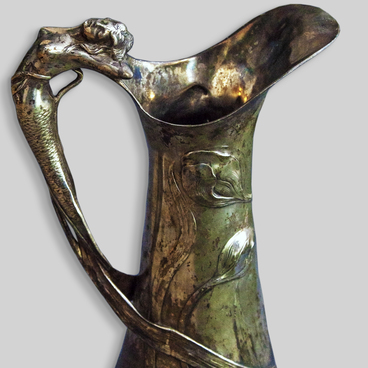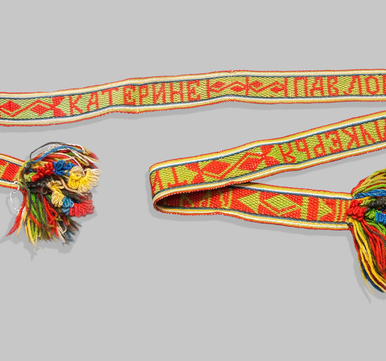In 1904, hunter skis (podvoloki) became part of the collection of the Tobolsk Provincial Museum, having been gifted by the beneficiary of the Obdorsk Spiritual Mission (present: Salekhard). Presumably, they were made in the second half of the 19th - early 20th century.
Hunter skis are light, long and wide skis made of pine, cedar, or spruce and specially adapted for deep snow. For this pair, the master made a high step platform carved from a single piece of wood in the shape of a foot. From above, the platform was closed with birch bark, while the fastening was made of three loops for the toe, heel, and leg lift. This allowed the skis not to slip off the hunter’s foot and improved control of the course.
Hunter skis are light, long and wide skis made of pine, cedar, or spruce and specially adapted for deep snow. For this pair, the master made a high step platform carved from a single piece of wood in the shape of a foot. From above, the platform was closed with birch bark, while the fastening was made of three loops for the toe, heel, and leg lift. This allowed the skis not to slip off the hunter’s foot and improved control of the course.




